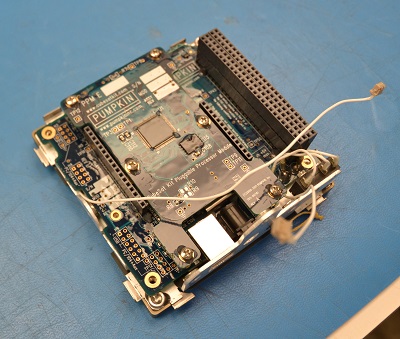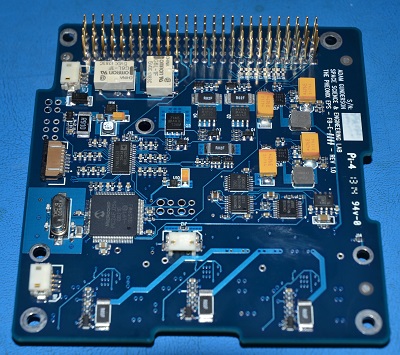SSEL Integrated CDH and EPS (ICE)
Students: |
Advisors: |
Overview:
The Space Science and Engineering Laboratory (SSEL) at Montana State University has developed and launched small satellites into space over the last decade. These satellites have utilized both Commercial Off The Shelf (COTS) subsystems as well as custom student-designed subsystems. Currently the Command and Data Handling (CDH) is a COTS system and the Electrical Power System (EPS) is a student-designed system.
This project will integrate the CDH and EPS into one system to reduce power, volume, and cost. Also, it will require integration with existing SSEL software and hardware. The majority of this project will consist of hardware design. However, some new software will be implemented on top of the existing SSEL software architecture, in order to test the new functionality of the design.
Needs Description:
The ICE project is a combination of CDH and EPS capability into a single packaged solution. Desire for this system arises from the need to simplify and increase the implementation efficiency of the two aforementioned subsystems as well as adding specific desired features discovered during SSEL’s satellite development process.


The presently in-use CDH contains multiple features that SSEL has deemed unnecessary which may be removed to increase board space and reduce power consumption. This additional layout room can be occupied by a system similar to the in-use EPS which can receive efficiency improvements by absorbing it’s command functions into the CDH microcontroller (μC), thereby removing an entire μC from the total package. The end result will become a single board solution which operates at a lower power point and occupies a smaller volume inside the spacecraft, leaving available power and space for more payload opportunities.